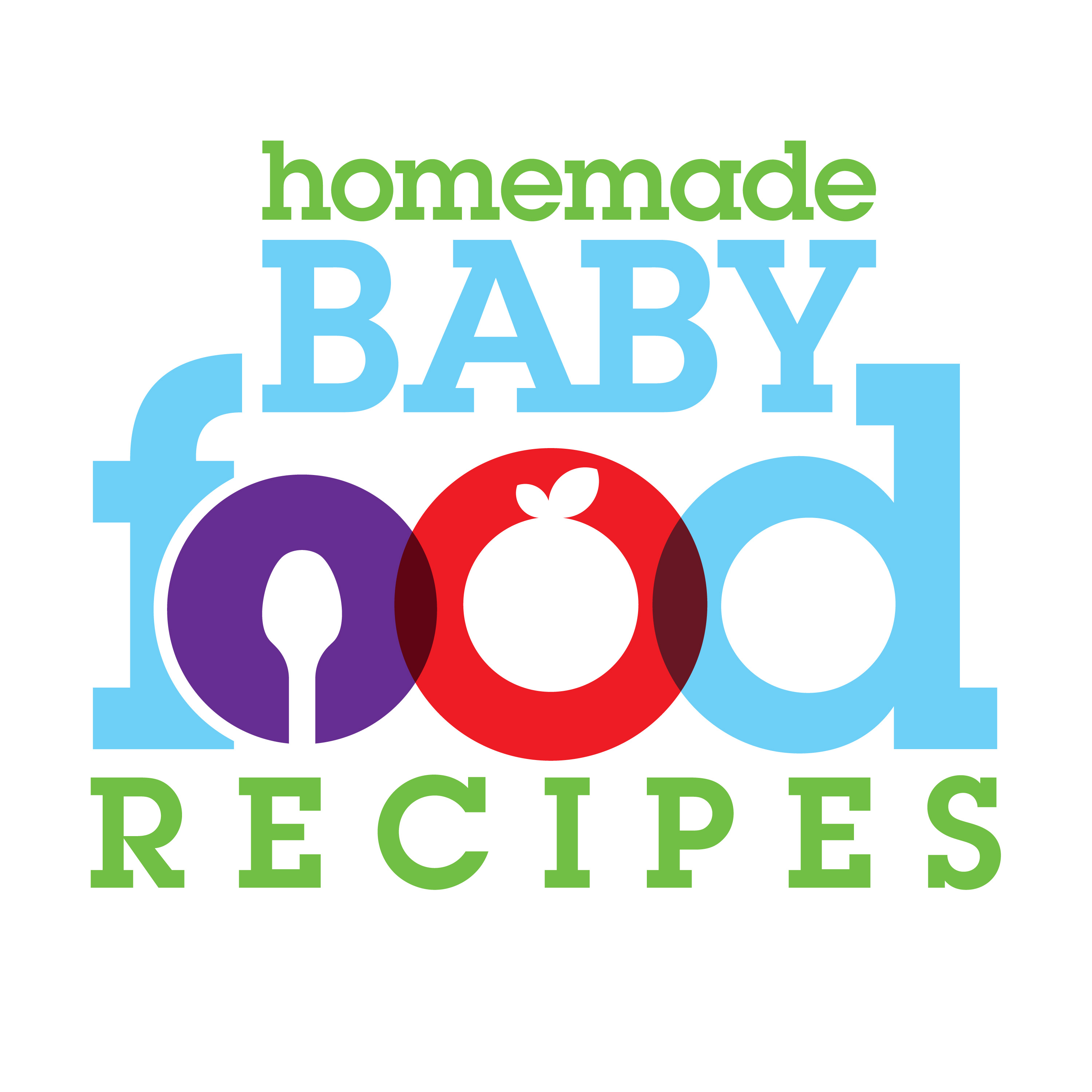Although preparing homemade baby food isn’t as time consuming as some may think, little short-cuts to shave off a few minutes here and there are always welcome!
One great time-saver is using baking parchment, which can really cut down on the amount of equipment you’ll need to wash up after making baby’s food.
Baking parchment – also known as parchment paper or silicone paper – is a non stick paper designed for culinary use. Baking parchment should not be confused with greaseproof (or waxed) paper for one very good reason – baking parchment does not need greasing before use, whereas greaseproof paper DOES, or everything will stick to it!
And – unlike greaseproof paper – baking parchment won’t cause any smoke when you use it in the oven ( up to around 450 deg F, at least).
That being said, greaseproof paper IS generally cheaper than baking parchment, so do use it if you prefer, but remember to grease it thoroughly first!
Baking parchment is very useful when baking items such as zwieback toast, teething cookies, etc for your baby. You simply cut it to size to line your baking sheet or pan. If your baking pan is an awkward shape, then you can actually wet the parchment and mould it to the shape of the pan.
Once your baked goods are done, you can use the parchment to slide them on to your cooling rack all in one go, leaving your baking sheet or pan perfectly clean. If the foods you bake on the paper are not greasy, you can even reuse the parchment several times, although it might go a bit brown around the edges after a couple of uses.
What’s more, many brands of parchment paper are completely biodegradable and compostable, so you don’t need to feel guilty about using them.
Other uses for baking parchment include making piping bags to frost cakes ( here’s how), and separating frozen foods. If you make homemade burger patties, for example, then layer baking parchment between them so that you can easily take them apart when it’s time to use them).
But one of our favourite uses for baking parchment is the inspiration for today’s post – preparing ‘Fish en Papillote’ – which is a fancy-pants way of saying fish cooked in a parchment parcel!
Basically, it’s a method whereby the fish is steamed in its own juices, producing succulent results… and nothing to wash up afterwards! And it’s VERY easy to do…
All you need is:
1 firm, boneless fish fillet (try sole, snapper, halibut or cod)
olive oil
fresh, chopped herbs
finely chopped veggies (try bell pepper, zucchini, yellow squash, cherry tomatoes, etc)
The above ingredients will make one parcel of fish for your baby – but we like to make one parcel per person for everyone in the family, perhaps adding a little more spice or extra seasoning for the grown-ups.
First, pre-heat the oven to 400 deg F (200 deg C).
Check the fish THOROUGHLY for bones.
Take a piece of baking parchment large enough to wrap the fillet. Experts in cooking fish this way will cut the baking parchment into heart shapes, which are easier to form into sealed parcels.
Place your fish fillet on one side of the heart and drizzle with olive oil.
Top with finely chopped herbs, your choice of finely chopped veggies and a little crushed, fresh garlic if your baby enjoys it.
Fold the paper over (on to itself), starting at the top of the heart, and crimp the edges together.
When you get to the point at the bottom of the heart, fold it under the package so that everything holds neatly in place.
If you don’t have much luck in crimping the edges of the heart together, then cheat and staple them together instead!
Place the parcel on a baking sheet, pop in the oven and cook for around 10 to 15 mins, until the fish is cooked through and flakes easily with a fork.
Remove from the oven and – whilst the fish is still in the parcel, check AGAIN for bones.
Finally, chop well and serve!
Our suggestion is to have some brown rice ready at the same time as the fish, then to empty out the parcel on to it so that the rice soaks up all the yummy cooking juices. This makes a nice, moist meal for your little one!
If you’re serving this dish to adults, place the parchment parcels directly on the plates, cutting an ‘X’ in the top of the parchment and opening it out. It will look and taste great and it won’t just be your baby who’s impressed with your culinary expertise!
